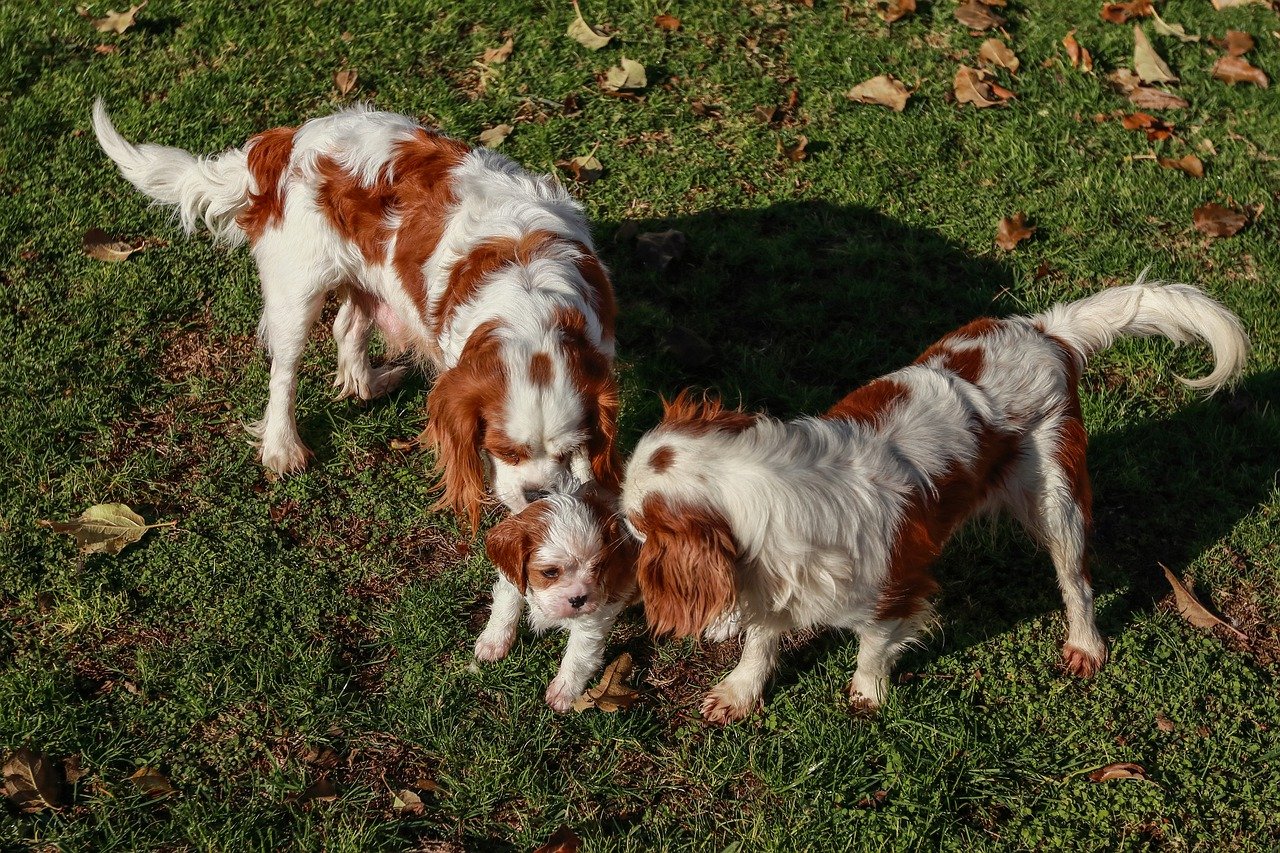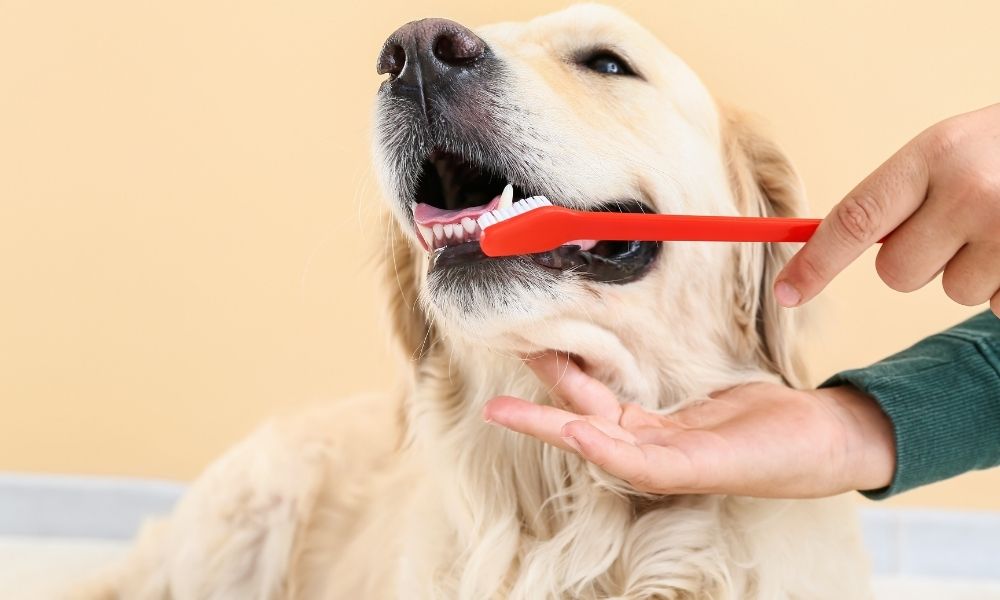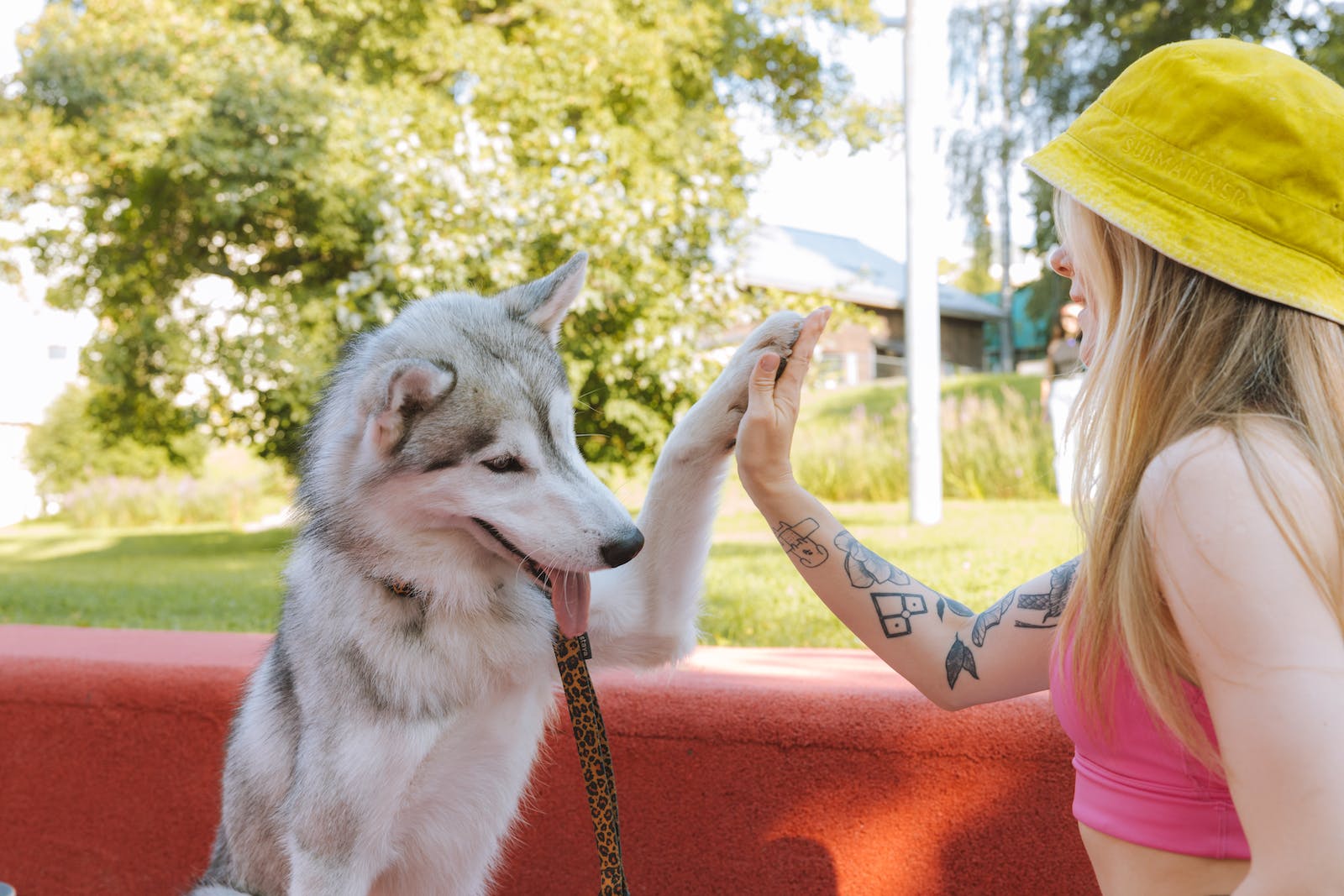
We feel very proud of our beloved paw friends when they turn from perky puppies with no manners into well-behaved dogs, who know how to deal with various situations. Of course, we are also proud of ourselves, in case we have been actively engaged in the training process and its success due to the time, patience, and energy invested. Training a dog yourself is not an easy task, and often dog owners reach out to training programs (both online and in-person) or to professional trainers to help them in their venture.
The American Kennel Club (AKC) is a registry of purebred dog pedigrees in the US, that regulates events for purebred dogs such as the National Dog Show, the AKC Championship, and the Westminster Kennel Club Dog Show. The AKC offers various programs designed to train dogs of different ages. Today we will take a look at one of the most popular programs that the AKC offers- the Canine Good Citizen (CGC) Program and respectively the Canine Good Citizen (CGC) Test.
The AKC Canine Good Citizen™ (CGC) program focuses on responsible dog ownership for the owners and basic obedience and good manners for dogs, so that they learn to behave properly and be polite while being a part of society. The CGC Test includes different types of behaviors (10 steps) that canines should be able to exhibit in order to be welcomed by the general public.
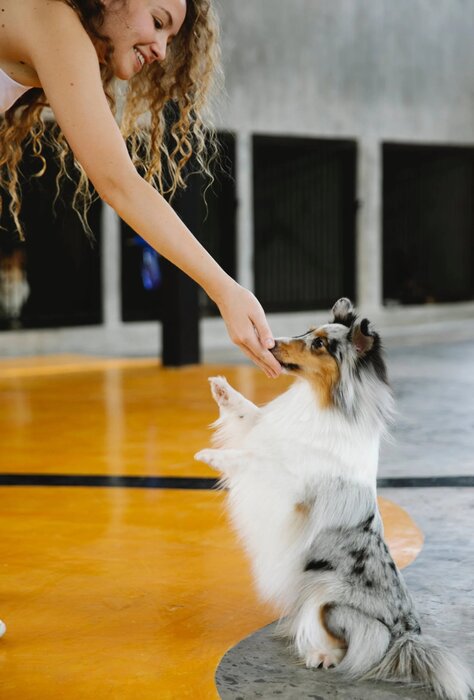
How It Works
Owners can participate in a basic obedience training course or the CGC class to train their dogs in the behaviors that will be part of the CGC Test. Also, there is an option available for owners, who have the necessary knowledge to train their dogs themselves. When the owner decides that their paw friend is well-prepared, they need to register for the CGC Test. The test will be administered by an Evaluator, accredited by the AKC. The test can take place in different environments including training classes, pet super stores, or AKC dog shows. Also, appointments can be made with certain evaluators. Upon completion, the evaluator will provide owners with documentation that they can forward to the AKC and request a certificate.
Breed and Age Requirements for Dogs
Both pure breeds and mixed breeds can join the Canine Good Citizen program. The AKC specifies that dogs in shelters/foster families can still sign up for the test through the program: CGC Ready Program.
There are also no limitations in regard to the age of the dogs who can take the test. However, if you have a puppy, the AKC S.T.A.R. Puppy Program may be more suitable for him/her.
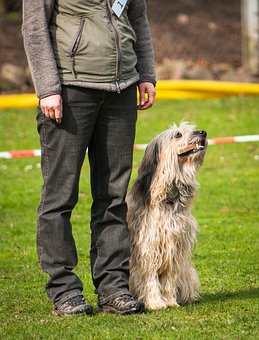
The 10 Behaviors Included in the CGC Test
1. Accepting a Friendly Stranger
This test aims to verify that the dog can remain calm and well-behaved while a friendly stranger approaches handler and talks to them naturally. The evaluator will approach the handler, and friendly greet them, while ignoring the dog. The evaluator will not have interactions with the dog. The dog should be under control at all times during the test and he/she should not attempt to jump at the evaluator, pull on the leash or show any signs of aggression or shyness. If the handler has to intervene, i.e. pull the dog to stop him/her from jumping, they will fail this test.
2. Sitting Politely for Petting
During this test the dog should remain calm and polite at the handler’s side (whether the left or the right side) while the evaluator pets him/her. The evaluator will approach the handler and will ask if they can pet their dog. After that the evaluator will pet the dog on the head and the body. The dog should not show any signs of aggression, irritation or otherwise show that he/she is trying to avoid being petted, nor should he/she jump towards the evaluator enthusiastically. He/she needs to be calm and under control. During this test, the handler is allowed to talk to their dog.
3. Appearance and Grooming
This test should verify that the dog can remain calm during grooming or examination at the veterinarian's office. However, it also shows if the owner is responsible and he/she is taking proper care of the dog. The evaluator will check if the dog is clean, neat, and looks healthy. During the examination, the dog is not required to get into a certain position. The evaluator will gently brush/comb the dog, check his/her ears and pick up each front foot. The grooming devices should be brought by the handler. During the test, the handler is allowed to talk to the dog and motivate him/her.
Handlers need to keep in mind that they may be instructed by the evaluator to hold the dog’s head (during the ear examination), lift his/her foot (during the feet examination) or otherwise contribute to safely conducting the examination. Dogs are allowed to show slight wriggling. However, it should be moderate and not interfere with the examination, i.e. if the dog starts excessively pulling, the handler will fail the test.
4. Out For A Walk (Walking on a Loose Leash)
As the name of this test indicates, the dog should be able to calmly walk on a leash and change his/her direction as needed. During the test the dog may be on both the left and the right side of the handler. The AKC clarifies that during obedience competitions the dog should be on the left side.
During this test, the evaluator can either instruct the handler on what direction they should go or use a preplanned route. If the evaluator chooses the first option the handler should expect to hear instructions like “left turn”, or “right turn”. Left turn, right turn, about turn, one stop in between, and one stop at the end are included in this test. The dog should be attentive to the handler and aligned with them. The dog should not sit at the stops, nor should he/she pull on the leash. If the dog sniffs excessively, which will cause him/her to not walk by the handler’s side, the handler will fail the test.
5. Walking Through A Crowd
The dog should be able to calmly walk in public places and be under control at all times. During this test the handler-dog team should move around at least three people. The evaluator can be one of these people. Children may also participate in the test (under supervision), as well as dogs, who are well-mannered, on a leash and do no try to make a contact with the dog who is doing the test.
The dog should behave politely, not pull on the leash, nor be shy, irritated due to the presence of other people. The dog may show some interest in the passersby, but he/she should quickly continue walking along the handler.
The AKC specifies that for dogs who are supposed to work as therapy animals, there should be at least one person in a wheelchair or using a walker/can who participates in the test.
6. Sit and Down on Cue/Staying in Place
Prior to starting this test, the dog’s leash is switched to a 20-ft or a 15-ft line is attached to the leash.
During this test the dog should verify that he/she is able to fulfill the following commands on cue: “sit”, “down”, “sit or down plus stay”. For the last command the handler is allowed to choose in what position the dog should take- “sit” or “down”. After the handler has given the “stay” command, they need to walk until they reach the end of the line, mentioned above. After that the handler should return to the dog, by walking at a normal pace. The dog is required to stay in the place until the evaluator allows the handler to release him/her. Position changing, i.e. from a “sit” to a “stand” position is allowed.
The handler is not allowed to force the dog to get into a specific position, but they may gently touch him/her and motivate him/her.
7. Coming When Called
As the name implies the dog will be tested if he/she will come to the handler when called. The 20-ft line mentioned in the previous paragraph, should remain as a part of this test as well. The handler will need to walk away from the dog (10 feet), then turn around to face the dog and call him/her. The handler can either instruct the dog to stay or just walk 10 feet away. Also, they can encourage the dog to come and use their body language to motivate him/her.
In case the dog starts following the handler, the evaluator is allowed to intervene and try to distract the dog, as this test does not evaluate dog’s ability to stay in a position. The handler is allowed to call the dog up to 2-3 times. The dog should come on their own when called, even if the handler uses encouragement, otherwise the test will be graded “fail”.
8. Reaction to Another Dog
During this test the handler and the dog doing the test meet another handler and their dog. Both teams stay at a distance- approximately 15 feet. The handlers should stop, pretend to shake their hands, lead a very short conversation and continue walking. The dog who is being tested is allowed to show only slight interest towards the second dog. He/she is not allowed to start pulling on the leash, trying to reach the second dog, or jump at him/her. The dog should not move forward towards the other handler-dog team nor should he/she turn around after both teams have continued walking and start following the other dog. In case the second dog is not reliable, i.e. he/she is trying to distract the tested dog, the test may be repeated with another dog.
9. Reaction to Distractions
During this test the evaluator chooses 2 distractions to test the dog. The distractions can be visual and auditory and usually one distraction of each type is chosen. The distractions can be as follows:
-A person who uses a walker, a wheelchair or crutches. They should be 5 ft. away from the dog;
- Opening or closing a door (suddenly);
- Dropping an item such as a folded chair or a pan at a distance no closer than 5 ft. away from the dog;
- A jogger who is running in front of the dog;
- A person who is pushing a cart/crate dolly at a distance no closer than 5 ft. away from the dog;
- A person on a bike who is at a distance no closer than 10 ft. away from the dog.
It is important to note that all the distractions used during the test should be commonly encountered in the daily life. The AKC specifically distinguish between this test and the temperament test, where the distractions can be quickly umbrella opening near the dog, or gunshot.
Dogs are allowed to show some interest in the distractions and want to explore. Also, they are allowed to bark once. The dog will fail if he/she starts barking, growling, pulling, or urinating/defecating out of fear. Handlers may encourage the dog by petting him/her and giving basic obedience commands like “sit”.
10. Supervised Separation
The purpose of this test is to show that the dog will keep his/her good manners while left under the supervision of a reliable person. The evaluator will hold the dog’s leash and the owner will walk out of the room. He/she will be absent for 3 minutes. Evaluators may talk to the dog, but they may not pay extra attention or play with him/her. The dog is allowed to change his/her position. However, he/she is not allowed to howl, growl, bark, whine, start panting or otherwise show any signs of anxiety. If the dog shows that he/she is stressed due to the absence of his/her owner, the test will be suspended.







